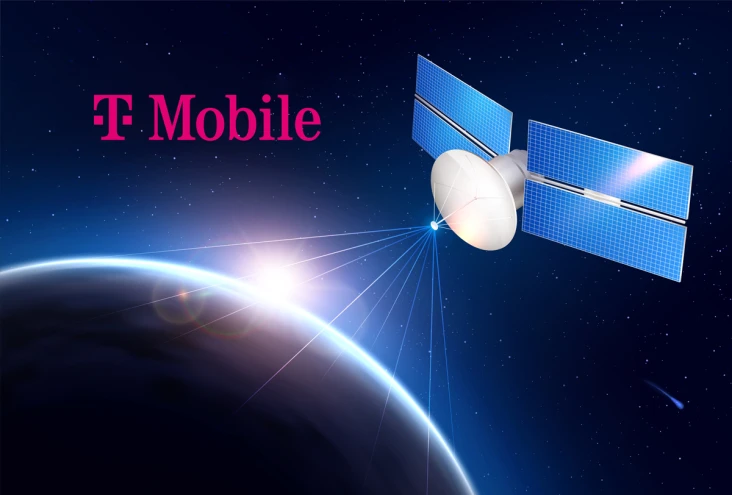T-Mobile and Starlink's Bold Move: Seamless Satellite Connectivity for All

In an ambitious move to eliminate dead zones and ensure connectivity no matter where you are, T-Mobile has partnered with Starlink to create a groundbreaking satellite service. This collaboration promises to redefine how we stay connected, even in the most remote areas. Here's an inside look at how this service works and how it stacks up against Apple's satellite messaging for iPhones.
Imagine you're in the middle of a national park, miles away from the nearest cell tower, and you need to send an urgent message. With T-Mobile's new Starlink satellite service, this scenario is no longer a problem. This service aims to offer seamless connectivity by leveraging Starlink's constellation of low-Earth orbit (LEO) satellites.
What sets T-Mobile's service apart is its emphasis on integrating satellite connectivity directly into their network. This means that T-Mobile customers can send texts, and eventually make calls and use data, through the same interface they are already familiar with, without any extra steps.
One of the most user-friendly aspects of T-Mobile's Starlink service is its ability to connect without needing to point your phone at the sky. Traditional satellite phones often require precise alignment with a satellite to maintain a connection. However, T-Mobile's Starlink service leverages a vast network of satellites that function similarly to cell towers but in space.
These LEO satellites are strategically positioned to provide broad coverage and can dynamically connect with your phone as long as you're outside with a clear view of the sky. This allows for a more convenient and seamless user experience, as there's no need to adjust your phone's orientation.
While T-Mobile's Starlink service promises to eliminate dead zones and provide a seamless experience, Apple has also made strides in satellite connectivity with their iPhone 14 and later models. However, there are key differences between the two services:
- T-Mobile's Starlink aims to cover vast remote areas, providing direct-to-cell texting, voice, and data services. In contrast, Apple's service focuses primarily on emergency messaging and location sharing.
- T-Mobile's service does not require users to point their phones at the sky, making it more user-friendly. Apple's service, on the other hand, requires users to align their phones with a satellite, which can be less convenient.
- T-Mobile is working towards covering over 500,000 square miles in the US, including places unreachable by traditional cell towers. Apple's service is currently available in the US and Canada.
As we look forward to the future, T-Mobile and Starlink's partnership represents a significant leap in satellite technology and its applications. By combining the extensive reach of Starlink's satellites with T-Mobile's robust network, the service promises to make connectivity more accessible and reliable than ever before.
Whether you're an outdoor enthusiast, a business professional, or a first responder, the ability to stay connected even in the most remote locations can be a game-changer. With T-Mobile's Starlink service, the future of communication is not just about staying in touch—it's about ensuring that no matter where you are, you're never out of reach.
Read next
Everything You Need to Know About Steam Replay 2024
Your Steam Replay 2024 is now available - check out how many games you played this year, when you pl...
Driving the Future: Honda and Nissan in Talks for a Groundbreaking Merger
Japanese car manufacturers Honda and Nissan are reportedly in talks to deepen their partnership, wit...
Why Sora Struggles with Capturing Fast-Moving People in Videos
Sora struggles with capturing fast-moving people in videos due to challenges in understanding comple...
Join Astro Bot in a Thrilling Intergalactic Rescue Mission!
Astro Bot is a groundbreaking PlayStation 5 platformer that combines stunning visuals, immersive gam...









 Continue with Google
Continue with Google